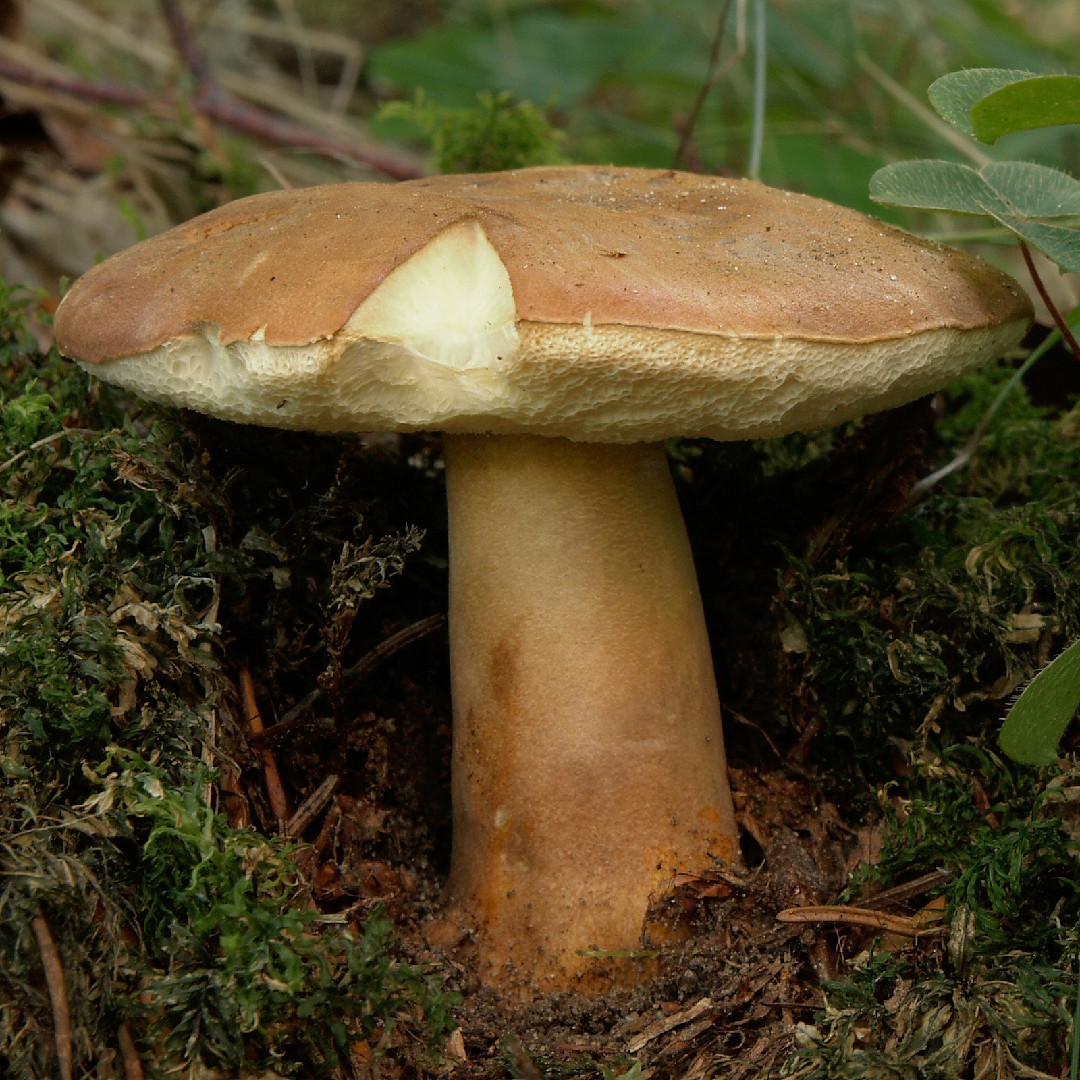Gyroporaceae
Nom scientifique: Gyroporaceae
Gyroporaceae
Nom scientifique: Gyroporaceae
 Photo By Andreas Kunze , used under CC-BY-SA-3.0 /Cropped and compressed from original
Photo By Andreas Kunze , used under CC-BY-SA-3.0 /Cropped and compressed from original La description
La famille de champignons gyroporaceae ne comporte qu'un seul genre, les Gyroporus. Ceux-ci sont présents uniquement dans l'hémisphère nord du globe. Leur chapeau est sec et leurs spores jaunes. Ils présentent des pores spongieux et leur chair couleur crème s'oxyde parfois en teintes bleutées. 